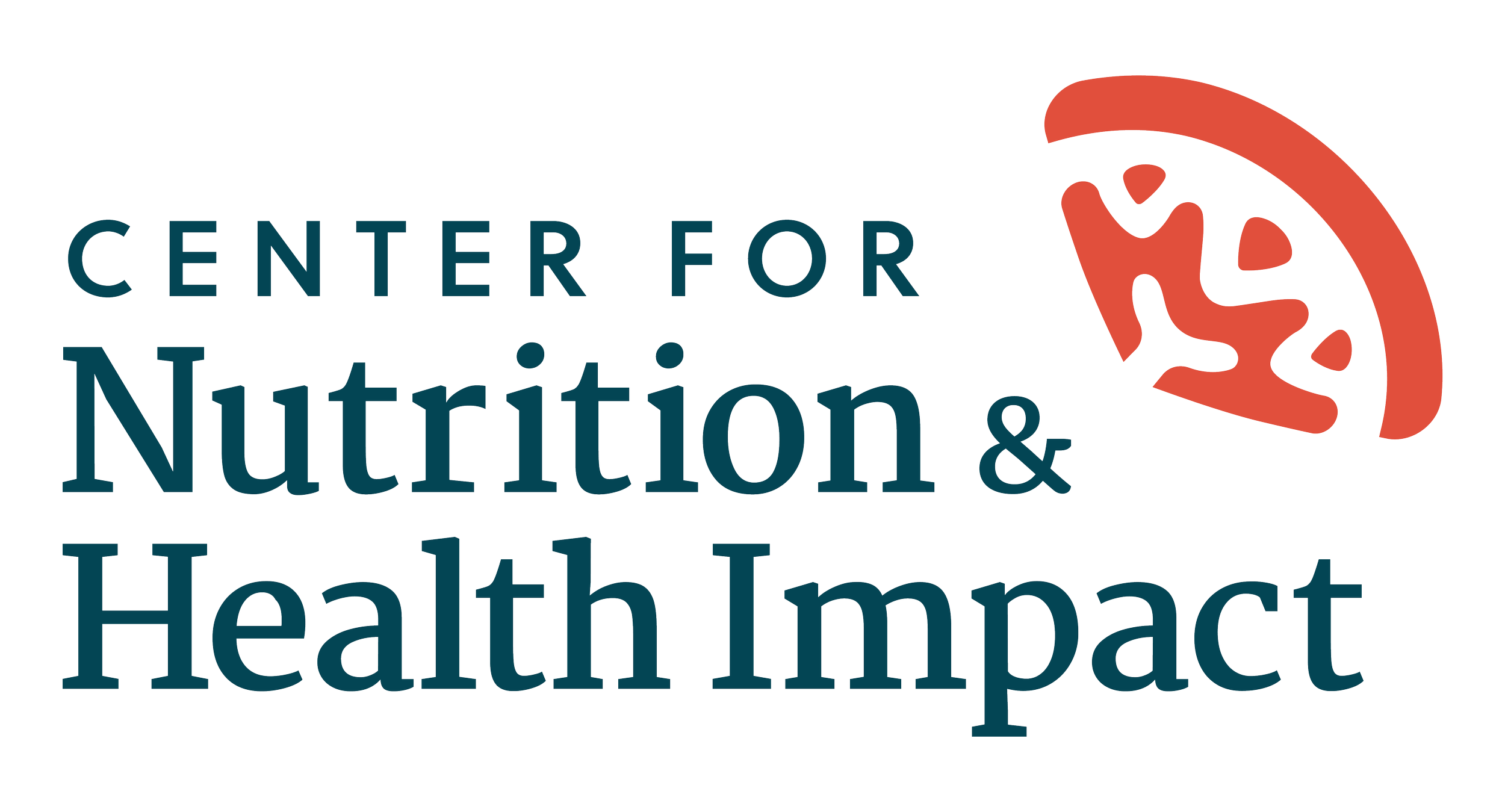GusNIP: Communicating Impact of Federal Food Assistance Program
------- + -------
GusNIP Impact Findings
The Center for Nutrition & Health Impact (CNHI) oversees the evaluation of the Gus Schumacher Nutrition Incentive Program (GusNIP), as the lead of the Nutrition Incentive Program Training, Technical Assistance, Evaluation, and Information (NTAE) Center. Results from the first two years of the program show key successes in increasing fruit and vegetable intake among recipients, as well as economic impact.
Year 2 GusNIP Impact Findings, from Sept. 1, 2020 to Aug. 31, 2021, reflect several key successes, including positive economic and nutrition-related outcomes:
Participants purchased more than $20M in fruits and vegetables at their local food retailers, including farmers markets and grocery stores, in Year 2.
Incentive spending at local food retail outlets generated an economic impact of approximately $41M across 47 grantees that reported data in Year 2 (out of 52 total grantees) – $33M more than Year 1’s 19 grantees.
Despite many COVID-related challenges, Year 2 saw successful collection and analysis of a robust national dataset that showed:
Nutrition incentive participants reported eating more fruits and vegetables than the average American adult.
Nutrition incentive participants reported eating more fruits and vegetables the longer they participated in the program.
Produce prescription participants increased fruit and vegetable intake from baseline to post project assessments.
Produce prescription participants experienced improvements in food security status from baseline to post project assessments.
GusNIP grantees increased the proportion of their budgets allocated towards direct incentives (74.7% in Year 2, compared to 68.5% in Year 1) and the number of locations offering incentives and reporting data (1,876 firms in Year 2, compared to 588 firms in Year 1).
Year 1 GusNIP Impact Findings, from Sept. 1, 2019 to Aug. 31, 2020, detail the support offered to GusNIP-funded projects and the resulting impacts. Key findings include:
The total economic impact of 2019 GusNIP projects is estimated to amount to more than $7.9 million, almost double that of the amount of incentives issued.
68.5% of GusNIP funds were used directly for incentives, and nearly 90% of incentives issued were redeemed.
GusNIP grantees and their partners raced to meet the pandemic-induced surges in demand for affordable, healthy food.
GusNIP NTAE Center
In 2019, CNHI was awarded a $31 million grant from the U.S. Department of Agriculture (USDA) National Institute of Food and Agriculture (NIFA) to lead a newly established Nutrition Incentive Program Training, Technical Assistance, Evaluation and Information Center (NTAE), as part of the Gus Schumacher Nutrition Incentive Program. GusNIP, formerly known as the Food Insecurity Nutrition Incentive (FINI) program, supports programs that provide nutrition incentives or produce prescriptions to help families bring home more nutritious fruits and vegetables.
According to the USDA’s 2019 annual report, 35 million Americans, including more than 11 million children, face hunger. Those living in food insecure households lack consistent access to enough food for an active, healthy life, due to a lack of financial resources for food. They often lack financial resources to obtain or easily access nutrient-rich foods, such as fruits and vegetables, while energy dense, nutrient-poor foods are abundant and highly marketed.
GusNIP aims to increase fruit and vegetable purchasing among SNAP consumers by providing incentives that stretch their food dollar. These funded projects have a positive impact with the potential for “a trifecta of benefits” that impact local farmers and grocery store owners through an increase in sales and expansion of their customer base, consumers through improvements in diet, food security and better health as a result of utilizing incentives, and local economies through these investments. In addition, supporting local farmers is vital in promoting sustainable food systems and community food security.
Nutrition Incentive Hub
About the Nutrition Incentive Hub
The NTAE Center, in partnership with Fair Food Network, created the Nutrition Incentive Hub, a coalition of partners that provides training, technical assistance, reporting, and evaluation support to help strengthen nutrition incentive and produce prescription projects, as they work to increase the purchase of fruits and vegetables by project participants. View the grantee resources.
Nutrition Incentive Hub Core Partners
Nutrition Incentive Hub core partners Farmers Market Coalition, Michigan Farmers Market Association, Ecology Center, National Grocers Association Foundation, Legend Consulting, Michigan State University Center for Regional Food Systems, The Food Trust, and University of California San Francisco, among other researchers and consultants.
There is a total of 52 grants (awarded in 2019 and 2020) working to implement programs that aim to increase fruit and vegetable purchases and consumption, ultimately, positively impacting health status of participating households. The awards range from one-year pilot projects of up to $100,000 to multi-year large scale projects of more than $500,000. View the interactive grantee map for more project information.
Media
USDA | Josh Stull | November 6, 2019
GSCN | Danelle Myer | November 6, 2019
USDA selects groups to help boost produce consumption
The Packer | Tom Karst | November 6, 2019
Omaha center to lead $31 million USDA effort to evaluate nutrition incentive programs
Omaha World Herald | Julie Anderson | November 18, 2019 (online) and November 19, 2019 (print)
Editorial: Omaha-based center can boost efforts to address nutrition, child obesity
Omaha World Herald | Editorial Staff | November 18, 2019
Report: Produce Prescriptions, Financial Incentives Help Poor Eat More Fresh Fruit and Vegetables
Successful Farming | Bridget Huber | January 19, 2022


